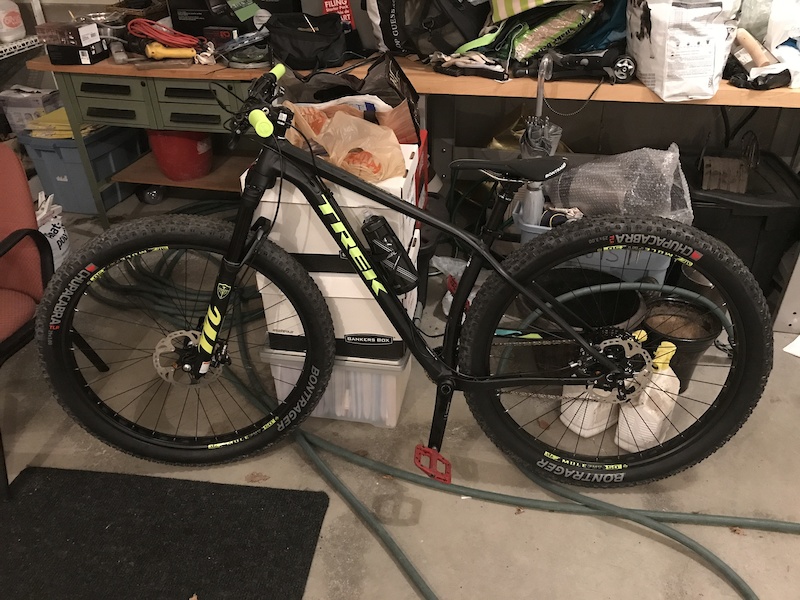

If you feel like the shock or fork is packing down, or not fully recovering from successive hits, speed up the rebound by turning the red knob 1-3 clicks counter-clockwise. If you feel a bucking sensation from your shock, or a pogo stick sensation from your fork, slow the rebound by turning the red knob 1-3 clicks clockwise.

Go for a short test ride with plenty of bumps. Now you’re set up, but remember that this is only a starting point. From there, turn the red knob counter-clockwise the recommended number of clicks. Turn the red dials on your fork or shock fully clockwise to the closed position. Use the Trek Suspension Calculator to find the recommended rebound setting. Use the bleed valve to remove air if it did not move far enough. If your measured sag is not within 2-4mm of the recommended sag, use your shock pump to adjust the PSI. Use the Trek Suspension Calculator to find your ideal sag measurement in millimeters. Measure the distance in millimeters between the o-rings and the seals. Leaning the bike to one side helps with this. Carefully dismount without further compressing the suspension. Move the rubber o-rings on the fork and shock so they’re against the seals. Mount the bike with a friend holding you up, or lean against a wall. Check the gauge, and adjust the PSI again if necessary. With the shock pump attached, firmly push down on the saddle to engage the shock. Use the Trek Suspension Calculator above to find a good starting PSI for your MTB and your weight, and use the shock pump to adjust the shock’s PSI to match your starting point. Set the compression damping to “open” by turning the blue knob on your fork all the way counter-clockwise, and the blue lever on your shock counter-clockwise.
#2016 trek stache 9 full#
Sag set-up should be performed in full riding gear including shoes, helmet, and pack to ensure accuracy.


 0 kommentar(er)
0 kommentar(er)
